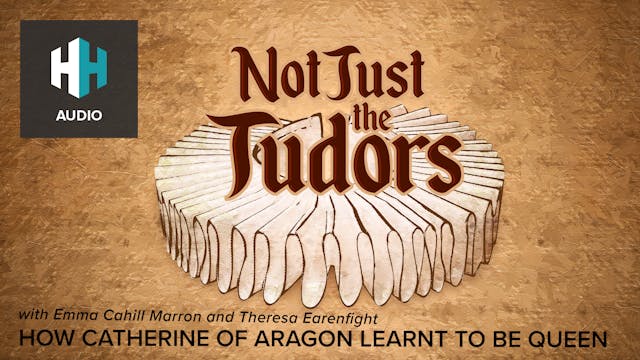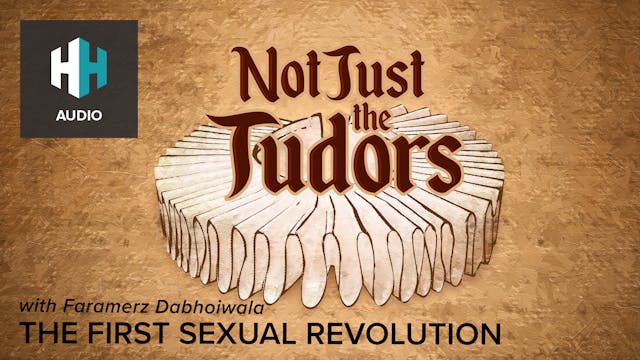🎧 The Spanish King of England
🎧 Not Just the Tudors • 42m
Philip II of Spain - the most powerful monarch of the early modern period - was married to Queen Mary Tudor from 1554 until her death in 1558. But Philip was not merely Mary's King Consort. Rather he was King of England, co-ruler with Mary. Philip's character and central role in the English monarchy was forever blackened by anti-Catholic versions of Tudor history.
In this edition of Not Just the Tudors, Professor Suzannah Lipscomb talks to Professor Gonzalo Velasco Berenguer, whose ground-breaking research shows that the reign of Mary and Philip was much more than an anomalous glitch on England's journey towards Protestantism.
Up Next in 🎧 Not Just the Tudors
-
🎧 How Catherine of Aragon Learnt to b...
The Spanish infanta Catalina of Aragon was raised to be a Queen, betrothed at the age of three to the heir apparent of the English throne, Arthur Prince of Wales. Eight years after Arthur's death, she became the first of Henry VIII's six wives. Catalina's mother - Queen Isabella I of Castile - wa...
-
🎧 The First Sexual Revolution
For most of western history, sex outside of marriage was forbidden by law, with adulterers even facing the death sentence. The church, the state and neighbours all put huge amounts of energy into catching sexual wrongdoers and seeing them punished. But between 1600 and 1800, this entire world-vie...
-
🎧 Lady Jane Grey
On a cold February morning in 1554, Lady Jane Grey was beheaded for high treason. Named as King Edward VI as his successor, Queen Jane had reigned for just 13 tumultuous days before being imprisoned in the Tower, condemned and executed.
In this edition of Not Just the Tudors, Professor Suzannah ...




1 Comment